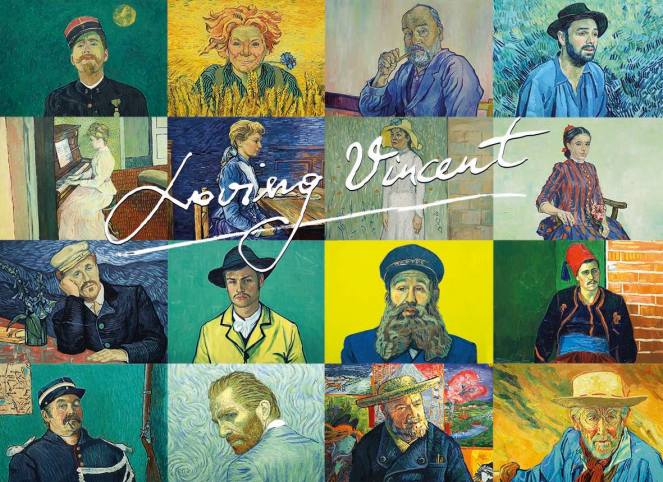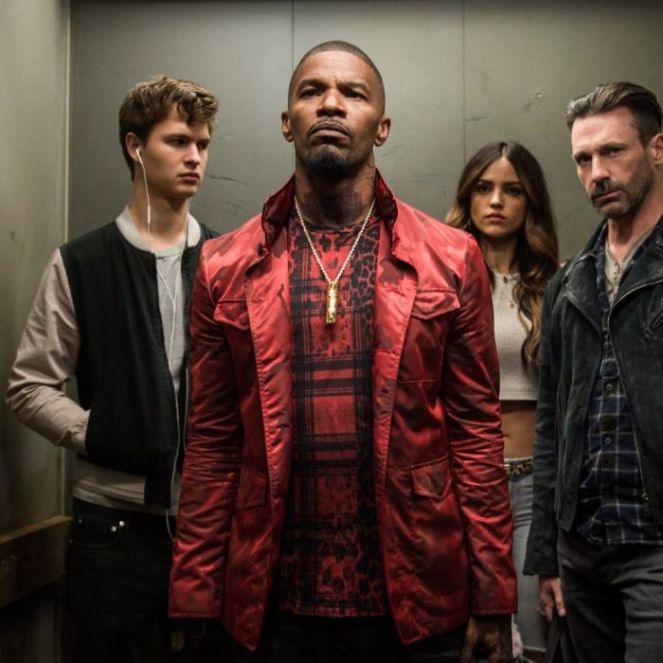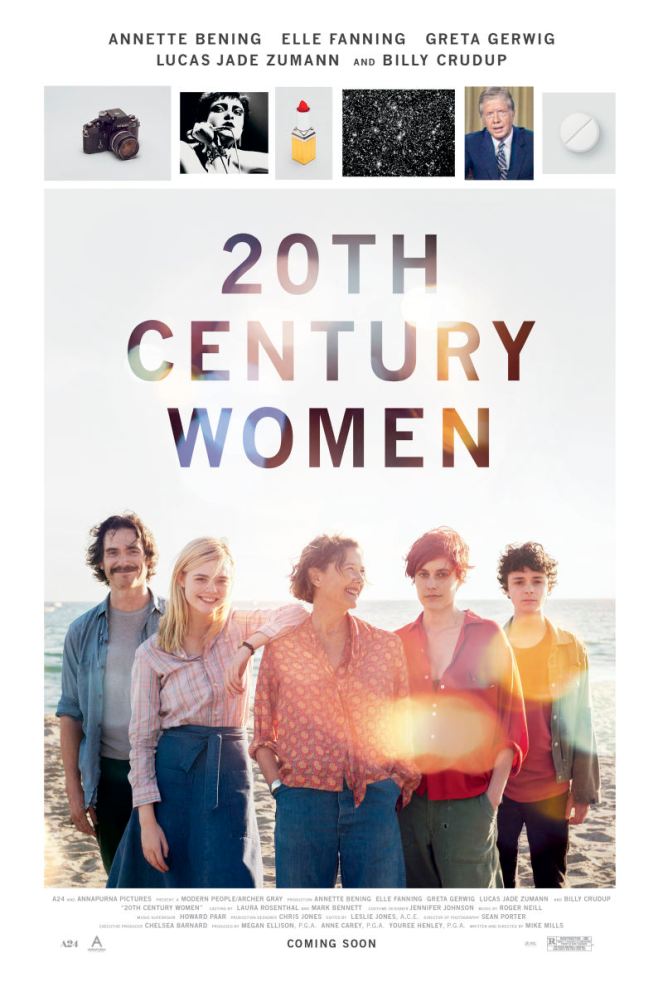Though two months have passed, 2017 seems to still hold a number of great films yet to be released. Of course, January and February have offered some powerful films to kick-start the year, mostly in the Horror/Thriller genre, and despite the fact that 2016 may have raised the bar for the genre with productions like 10 Cloverfield Lane, The VVitch, Under the Shadow, The Neon Demon and a lot more, it appears that 2017 may become an even bigger year for horror fans everywhere. However this list will not be limited to horror movies, as a number of other Drama films successfully grabbed the attention of many cinema goers and managed to land on everyone’s 2017 watch-list.
Raw (2016) opening March 10 to limited release

The first full length film for promising French director Julia Ducournau seems to have gained a lot of attention at a number of film festivals, most notably winning The FIPRESCI Award at Cannes film festival and The Sutherland Award at London film festival. The film which has been widely praised for its visual style revolves around a young vegetarian forced to eat raw meat as part of an acceptance ritual at school, however her taste for meat takes dangerous cannibalistic measures.
I wouldn’t be surprised if Ducournau opts for exploitative elements from the new French extremity, especially when it comes to the visceral and sexual aspects of the story. Accordingly, it’s certainly expected that the film will garner some negative reviews from the more sensitive members of the audience. Still, Raw proclaims itself as an original and captivating horror story that will hopefully add to the genre.
The Bad Batch (2016) opening 23 June

The second feature length film for Iranian director Ana Lily Amirpour, the first being the critically acclaimed, and a personal favorite, A girl Walks Home Alone at Night (2014). Her latest film, starring Jason Momoa, Jim Carrey, and Keanu Reeves, also deals with cannibalistic themes.
Set in a dystopian future, the film follows Arlen (Suki Waterhouse), as she navigates her way through the Texas wasteland, dealing with the remaining bizarre collection of humans in it. Retaining the avant-garde style of the director, the film appears to contain elements from her first feature, only on a bigger scale (and budget for that matter!). If the film is half as good as the director’s first, then it’s a triumph already.
The Transfiguration (2016) opening 7 April to limited release

This Indie vampire movie revolves around Milo, a young boy fascinated with vampires. His friendship with a young girl, Sophie, alters his psyche as he begins to confuse the line between fantasy and reality. The Transfiguration seems like an interesting psychological thriller, with some supernatural elements thrown in. As a fan of vampire movies, watching a film that elevates its product from a generic pile of CGI, to an intriguing character study that actually explores the human mind would be a pleasant and very welcome surprise.
Berlin Syndrome (2017) opening 20 April

The latest film from critically acclaimed Australian director Cate Shortland, Berlin Syndrome (2017), is a drama/thriller about a young Australian photojournalist (Theresa Palmer) visiting Berlin, whose romance with a local guy (Max Reimelt) turns terribly wrong when he locks her up in his apartment seemingly indefinitely.
Shortland’s work constantly explores the female psychology of its characters, her earlier work Somersault (2004), and Lore (2012) are two excellent examples of her creative capacities. Her latest film seems to be no different. Exploring the themes of obsessive love has been expressed in many films now, yet it is often a crazy female character that appears obsessed. Shortland is definitely not afraid of shifting the dynamics and hopefully her film will be as courageous as she is.
The Beguiled (2017) opening 30 June

Sofia Coppola’s latest film features an all-star cast; with Collin Farell, Nicole Kidman, Kristen Dunst and Elle Fanning. Based on the 1971 film of the same name, the story is set during the civil war, where a wounded soldier is taken in by a group of young women staying together at a girl’s school in Virginia. The events take an erotic turn as the entire house writhes with sexual tension, jealousy, and rivalry when the soldier begins to seduce them one by one.
The premise of the film is quite compelling, and judging by the names credited, the performances seem very promising as the entire cast is superb. It would be interesting to see Coppola’s vision of the story, and of course to enjoy the stunning cinematography of Philippe Le Sourd, since the trailer looks mesmerizing already.
The Discovery (2017) released 31 March

This Netflix Original production is probably one of the most authentic and innovative stories of the year. A scientist (Robert Redford) discovers scientific evidence of the afterlife, leading to a massive increase in the number of suicides. A year after his shocking discovery, a couple (Rooney Mara and Jason Segel) struggle to maintain their relationship as the truth of this revelation becomes questionable.
With its highly compelling premise, The Discovery runs the risk of failing to deliver, as it might waste its length in the build-up without an actual pay off. However, as an intrigued viewer, I shall keep my fingers crossed on this one and wait for, if nothing else, the beautiful cinematography this feature entails.
The Secret Scripture (2016) opening 19 May

Based on the novel by the same name, this period drama follows the life of Rose, played by both Vanessa Redgrave and Rooney Mara, a mental institute patient who recounts the events of her life during the upheavals in Ireland in the 1920’s, analyzing how political and religious views affected her life at the time.
Directed by Jim Shreidan, and set against the beautiful landscapes of Ireland, like a number of masterfully shot recent films have lately (Under the Skin(2013), The Lobster(2015)), The film certainly shows a lot of promise, especially from its powerful cast, and intriguing screenplay. With The Ottoman Lieutenant opening this week, and The Promise opening in April, 2017 definitely appears like an interesting year for period drama fans.
You Were Never Really Here (2017)

Nothing much has been released about Lynne Ramsey’s latest project, except it stars Joaquin Phoenix, who plays a war veteran trying to save a girl from a sex trafficking circle, but his attempt goes terribly wrong. Apparently 2017 is the year for female filmmakers, as this is the fifth film by a female director on this list alone.
It seems like Lynne Ramsay is returning to the thriller genre, six years after her success with We Need to Talk about Kevin (2011), an exceptionally fine film that certainly intrigued its viewers to await more from the talented director.
Loving Vincent (2017)

With 65,000 frames hand painted on over than a 1,000 canvases, Loving Vincent establishes itself as more than simply an animation film. The five-year project that required over a 100 painters working at studios in the Polish cities of Gdansk and Wroclow is to be finally released in 2017. The film’s idea and technique as the world’s first fully painted feature film was inspired by a line from one of Van Gogh’s letters to his brother: “We cannot speak other than by our paintings”.
Filmmaker and oil painter Dorota Kobeila was inspired to begin the project after a time of crisis in her life, in which she found solace in the letters of the Dutch painter. The film which will revolve around the life and mysterious death of one of art’s most renowned figures will probably be Vincent Van Gogh’s greatest tribute ever. As a film enthusiast and an art aficionado, I wouldn’t miss this film for the world.































